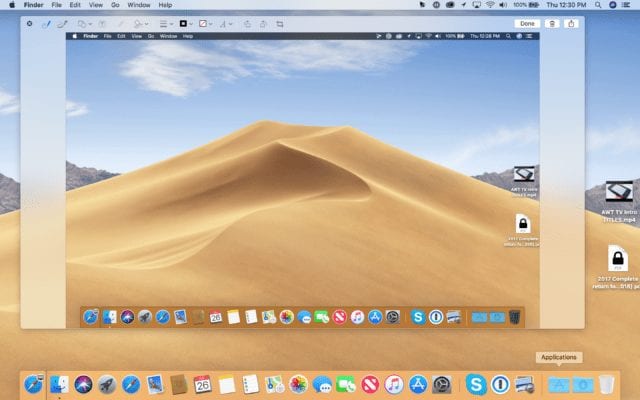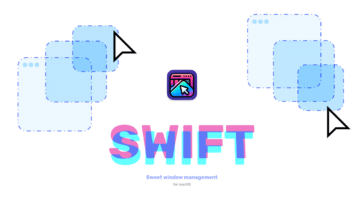
Raymond Tomlinson sent the first email to himself in 1971. Electronic mail, as it came to be referred to, was a personal side project for Mr. Tomlinson; it began as an experiment to see if two computers could exchange a message.
Mr. Tomlinson’s invention revolutionized electronic communication and changed the world as we know it. But I doubt Mr. Tomlinson would have ever imagined his creation would spawn the phrase “InBox Zero” as a point of pride.
The invariable truth is, many of us are drowning in email.
Whether it’s from work or one of many mailing lists we have signed up for (and a few we have not), email has gotten out of control. (Statistically, the average user receives 121 emails a day!)
In the course of our day to day activities, we are frequently asked to provide our email addresses to access and use various services. What many people may not realize is that the email address you provide to a vendor is often sold to other companies. In turn, we find ourselves receiving emails we did not ask for. (If a company doesn’t explicitly state in their policy and terms that they do not share their email list, assume that they are.)
Compared to other technical advances, email hasn’t really changed too much since its inception. Many of us have resigned ourselves with the fact that there’s nothing we can really do about our email problems. But in those moments of silent, desperate resignation are opportunities…
TempBox, by Waseem Works, is an open-source Mac program which attempts to solve the problem of managing emails by giving you, the user, customizable and disposable email addresses to use as you see fit.
Within TempBox, you can create multiple disposable email addresses. Use them for accessing discount codes from an online vendor, signing up for mailing lists, creating a login for your child’s favorite online game, or any place where you don’t feel like sharing your real email address. I have one disposable Tempbox email address called maillist@foo.blah which I use for mailing list sign-ups. I created another TempBox email address called throwaway@foo.blah when I’m obliged to share an email address with acquaintances or if I have to fill out an online survey.
When you no longer need your TempBox email address, just dispose of it and those pesky emails will no longer hound you. If you want to suspend your TempBox email address for a period of time, you can archive your TempBox for later use. TempBox doesn’t just stop with email text – it lets you receive attachments (JPGs, PDFs, etc.) too. The best part of using TempBox is that you are protecting the privacy and sanctity of your own personal email address(es).
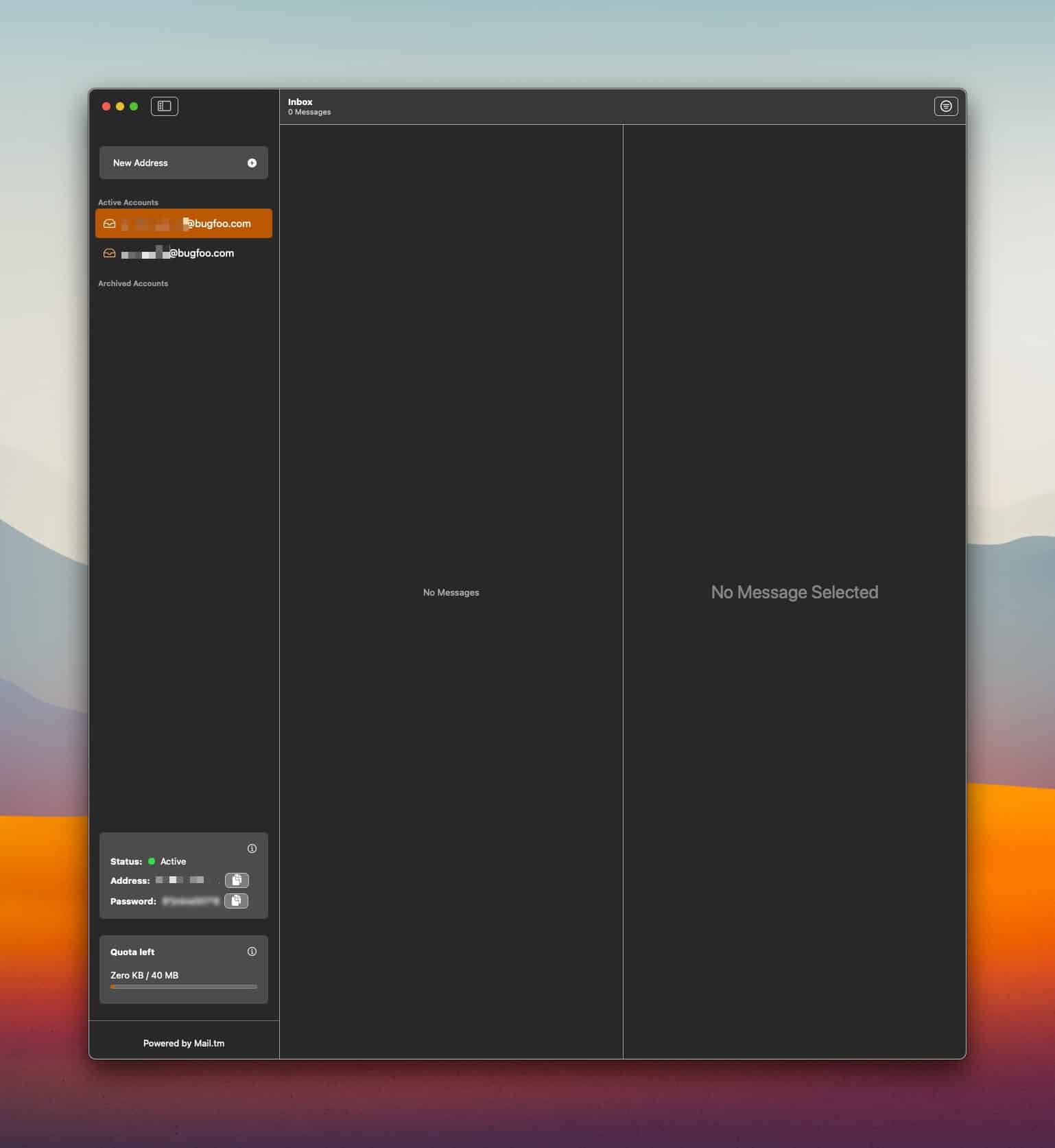
TempBox sports a minimal user interface, featuring a main window containing three columns. The left-most column shows your active and archived TempBox email accounts. The middle column shows the sender’s info, while the right-most column shows the message contents.
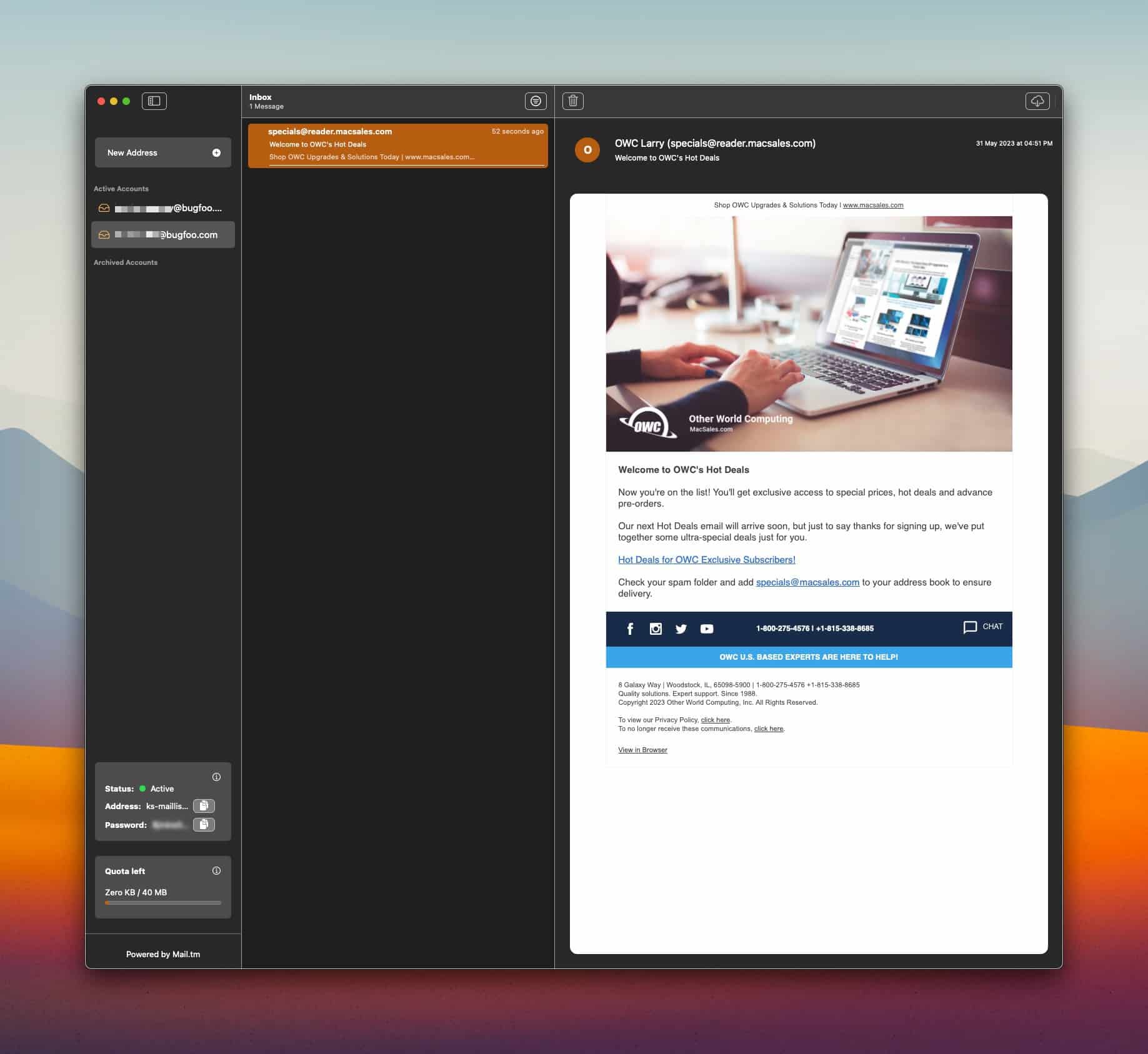
If you’ve used any other email client, you’ll find yourself in familiar territory. TempBox lets you generate your custom email address (the domain name cannot be generated, alas, but you can pick one out from an included list). You can use a custom password, or have TempBox generate a random pasword for you. NOTE: Once your password is set, you cannot reset or change it. Each email account you create within TempBox has a 40MB quota.
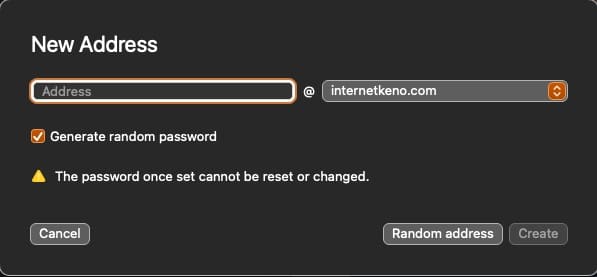
But make no mistake, TempBox is NOT a replacement for a dedicated email application like Apple Mail or Mozilla Thunderbird. TempBox can’t, for example, tag emails or sort them into folders. Nor can you re-size the text within the app. I’m hoping that future versions of TempBox will include an option to do so. Once you delete an email in TempBox, it’s gone for good. There is no undo option. And, as of version TempBox 1.1, the “Check for Update” menu item errors out. TempBox is not an Apple sanctioned (or sandboxed) utility. When you first launch it, you’ll have to visit the Settings > Security & Privacy setting to allow the program to run. If you have more than one Mac, you will not be able to synch TempBox between them. (My suggestion would be to have one Mac manage your TempBox.) TempBox is also not available for iOS.
Given these limitations, I still find myself using TempBox because it does what it says it does and does it well. TempBox is highly useful for creating throw-away email accounts. Sure, TempBox is a one-trick pony with no frills, but it’s FREE and it protects the privacy of my personal email addresses, and that’s good enough for me.
